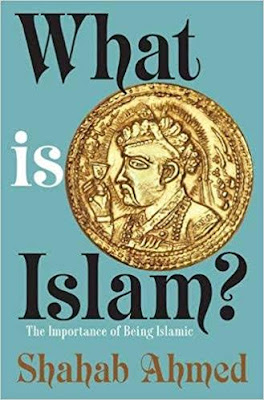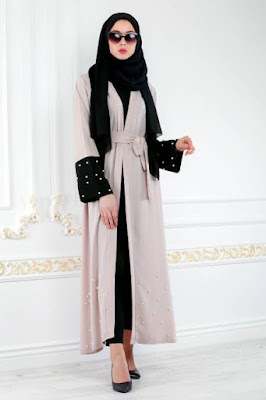Why Choose Muslima

Muslima has helped thousands of Muslim singles find their match. As one of the leading Islamic matrimonial sites, we are one of the largest and most trusted sites around. Not many other sites can offer you a membership database of over 4.5 million members with the promise of introducing you to single Muslim men and women across the world. International Muslim Matrimonials - Trusted By Over 4.5 Million Muslims Muslima is part of the well-established Cupid Media network that operates over 30 reputable niche sites. Unlike other sites our site is purely for those seeking Muslim singles for marriage in a manner that adheres to the Islamic rules on courtship. Our membership base is made up of over 4.5 million singles from USA, Europe, Asia, the Middle East and many other countries. We are committed to helping you find the perfect Islamic match, no matter where in the world they may be. Start Your Success Story On Muslima As a premier site for Muslim marriages, we successfully bring tog

